Chakras in Hinduism are an integral part of the spiritual practice and belief system. It is a concept that may be familiar to many, but the depth and significance of its meaning often go unrecognized. These energy centers are believed to play a crucial role in the balance and overall well-being of an individual. In this article, we will delve into what chakras in Hinduism are and how they are an essential part of the Hindu way of life.
The word “chakra” is derived from the Sanskrit word meaning “wheel” or “disk.” It is believed that there are seven main chakras located along the spine, starting from the base of the spine and going up to the crown of the head. Each chakra is associated with a specific color, sound, and element, and they are said to correspond to different areas of the body and aspects of life.
The first chakra, known as the Muladhara or root chakra, is associated with the color red and the element of earth. It represents our foundation, stability, and grounding. The second chakra, known as the Svadhishthana or sacral chakra, is associated with the color orange and the element of water. It is related to our emotions, creativity, and sexuality. The third chakra, known as the Manipura or solar plexus chakra, is associated with the color yellow and the element of fire. It represents our personal power, will, and self-confidence.
Moving up the spine, the fourth chakra is the Anahata or heart chakra. It is associated with the color green and the element of air. This chakra governs our ability to give and receive love, compassion, and forgiveness. The fifth chakra, known as Vishuddha or throat chakra, is associated with the color blue and the element of sound. It represents our communication, self-expression, and the power of our words. The sixth chakra, known as the Ajna or third eye chakra, is associated with the color indigo and the element of light. It is linked to our intuition, perception, and inner wisdom.
Finally, the seventh chakra, known as the Sahasrara or crown chakra, is associated with the color purple or white and the element of thought. It represents our connection to the divine, spiritual growth, and enlightenment. It is believed that when all the chakras are in balance, energy can flow freely, resulting in overall physical, emotional, and spiritual well-being.
In Hinduism, chakras are not just symbols or concepts, but they are a way of life. The goal of a Hindu is to awaken and balance these energy centers through spiritual practices such as yoga, meditation, and pranayama (breathwork). By doing so, one can align themselves with the universal life force energy known as prana, and attain a state of harmonious existence.
The concept of chakras has been embedded in Hindu philosophy for thousands of years. The earliest mention of chakras can be found in ancient Hindu texts such as the Upanishads, the Yoga Sutras of Patanjali, and the Bhagavad Gita. These scriptures explain the significance of chakras in the journey towards self-realization and enlightenment.
Aside from Hinduism, the concept of chakras can also be found in other spiritual and healing practices such as Buddhism, Reiki, and Traditional Chinese Medicine. Each tradition may have its own version and understanding of chakras, but the fundamental concept remains the same – the seven energy centers along the spine that govern our physical, emotional, and spiritual well-being.
In conclusion, chakras in Hinduism are not just a set of beliefs or practices, but they hold immense significance in one’s spiritual growth and overall well-being. By understanding and working towards balancing these energy centers, one can experience a sense of wholeness and harmony in all areas of life. So, the next time you hear the word “chakra,” remember that it is not just a buzzword, but an ancient concept with a profound meaning that has stood the test of time.
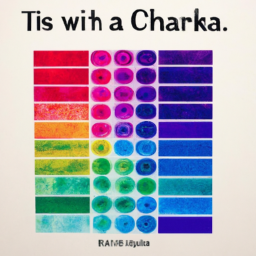
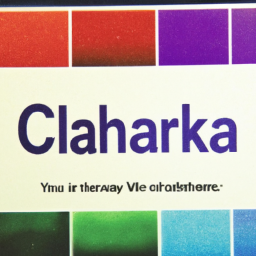
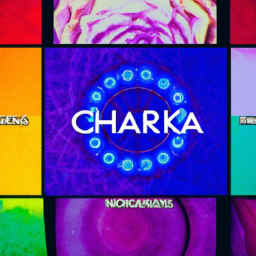
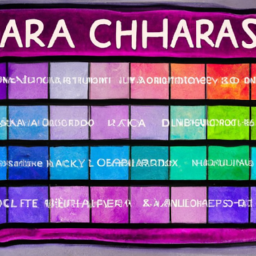
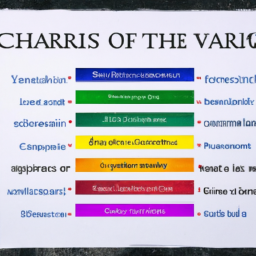
Fascinating topic!
Bob1234: It sounds really interesting! #Hinduism
Great question! #Chakras